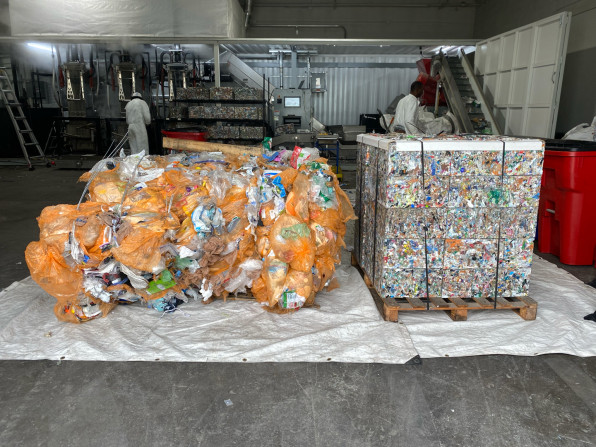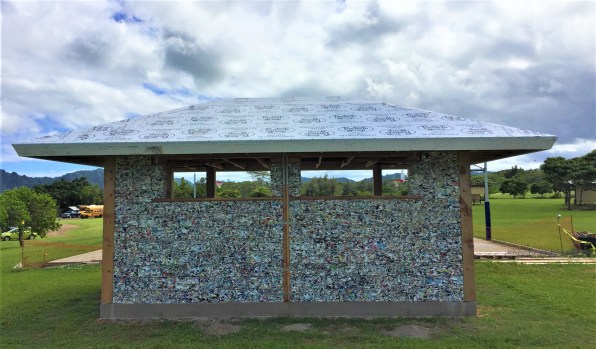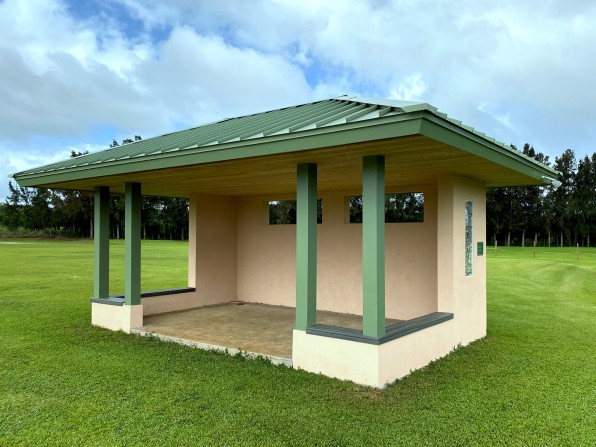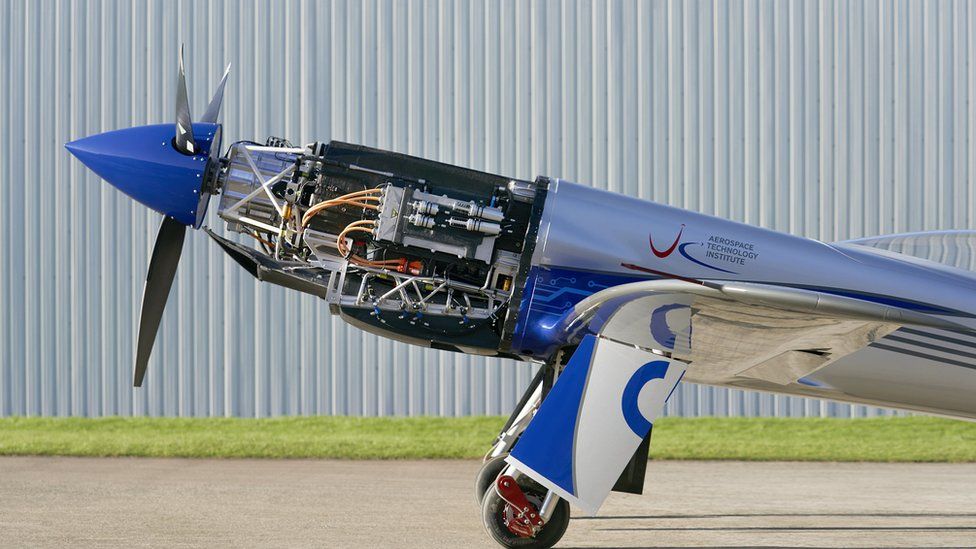
Chinese renewable energy companies have featured on a ranking of the world’s most sustainable firms for the first time.
Anhui-headquartered solar glass manufacturer Xinyi Solar Holdings and Xi’an-based solar panel maker LONGi Green Energy Technology ranked in the top 50 of the Global 100 list of the world’s greenest firms, assessed by Canada-based media and research company Corporate Knights.
China’s post-pandemic green recovery measures, which have come with a national pledge to achieve net-zero emissions by 2060, are hastening measures for clean solution growth, which Xinyi Solar and LONGi are benefiting from and driving, commented Corporate Knights president, Toby Heaps.
Hong Kong-based water and environmental services company Beijing Enterprises Water Group was another new entrant, recognised for profiting from the construction and operation of sewage and reclaimed water treatment plants, consistent with the United Nations’ Sustainable Development Goals (SDGs).

However, Singapore real estate firm City Developments Limited (CDL) was recognised as the greenest company in the Asia Pacific in the yearly index.
The property giant, which is known for its shopping malls, hotels, offices and homes, placed fifth, making it the highest ranked firm in the region. It is not the company’s first time to top the Asian rankings, as it cinched the spot five years ago.
Denmark’s Vestas Wind Systems, which is responsible for almost a fifth of the world’s installed wind power capacity, emerged on top of the global ranking dominated by European and North American firms.
The Global 100, which is normally announced on the sidelines of the World Economic Forum in Davos, was instead released in a virtual Leaders’ Roundtable on Wednesday. It assessed 6,914 publicly listed companies with more than US$1 billion in revenues against 23 sustainability indicators.
These included revenue derived from enviromentally and socially beneficial products, percentage of taxes paid, salary ratio between the chief executive and the average worker, and the proportion of women in board rooms.
We made the clean taxonomy stricter this year, where we measure what qualifies as clean revenue and clean investment. As CDL has been a pioneering leader in carbon free electrified buildings, it fared better under the stricter criteria.
Toby Heaps, president, Corporate Knights
CDL, which climbed from the 40th spot last year, scored highest in its clean energy and investment ratings.
“We made the clean taxonomy stricter this year, where we measure what qualifies as clean revenue and clean investment. As CDL has been a pioneering leader in carbon free electrified buildings, it fared better under the stricter criteria,” Heaps told Eco-Business.
CDL’s pay gap between top management and the average worker narrowed, but it recorded fewer number of women in its board this year.
The 59 year-old firm’s local rival CapitaLand slid 17 places from last year due to continuing to record a wide salary gap, with the company’s bosses earning 58 times more than the average employee, although it improved slightly in sales from green solutions.
Japanese companies lost ground in this year’s index, with 2021’s highest-ranking Eisa slipping 16 places, as other firms generated more clean revenue based on Corporate Knight’s stricter requirements.
Strong European and North American presence remain in ranking
Although the number of Asia Pacific companies that made it to the index rose to 18 from 17 last year, the list is still dominated by Western companies. Almost half (41) of the Global 100 are from Europe, and 36 are from the United States and Canada.
Ranking first, Vestas has committed to reducing its Scope 3 emissions—that is, emissions from beyond its direct energy use and operations — by 45 per cent by 2030. More than half the firm’s emissions in its supply chain come from its use of steel, principally for turbine towers. Steel is one of the most carbon-intensive materials to produce. The firm scored 100 per cent for its clean revenue and investments.
Second in the roster was 2019’s number one, Chr. Hansen, a Danish bioscience company that makes natural food preservatives. Third was American company Autodesk Inc, which creates software used by architects and engineers for projects like designing electric cars.
Last year’s number one Schneider Electric SE, a French digital energy and automation solutions provider, ranked fourth.
Source Eco Business
















